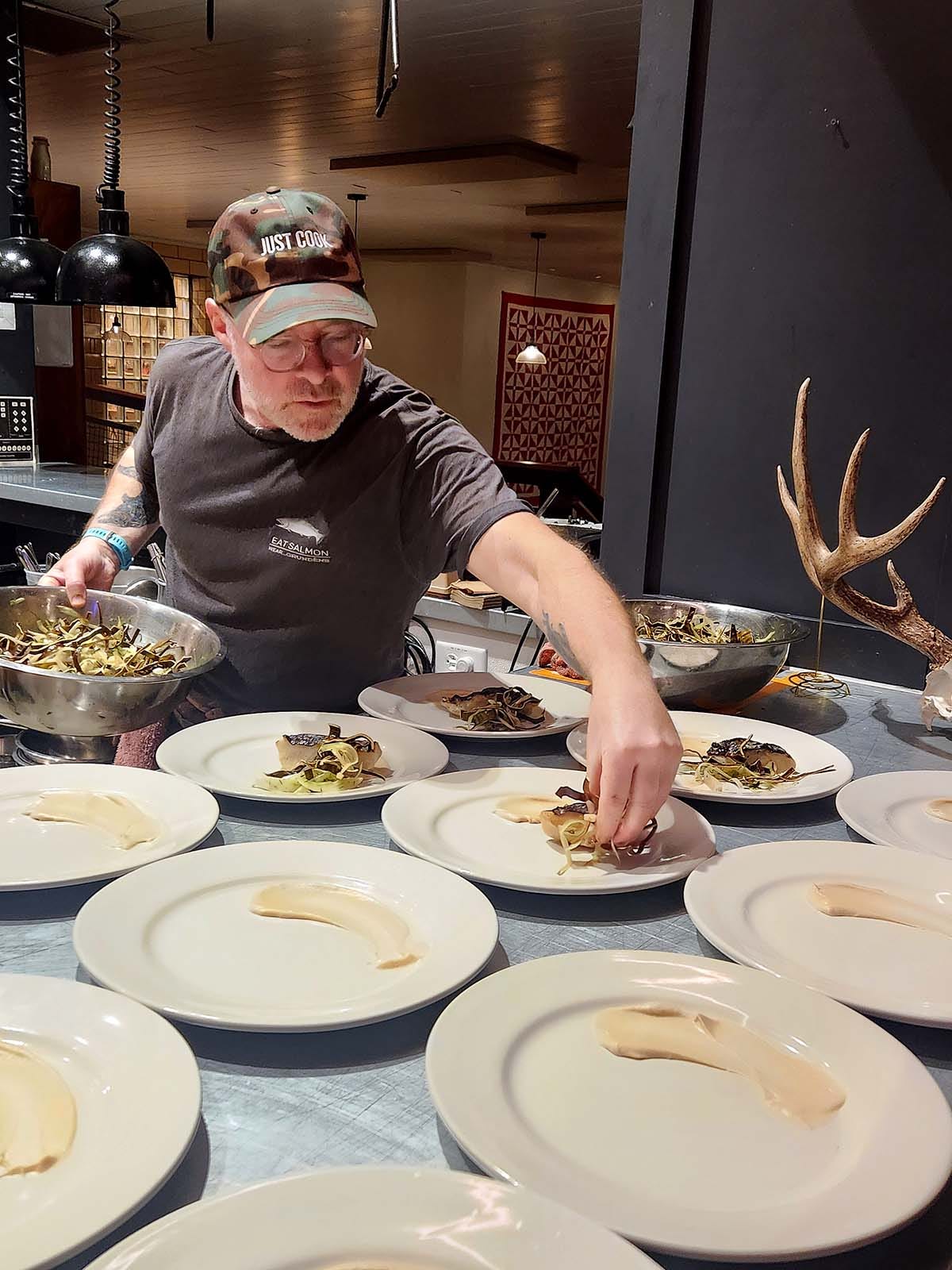The fundamental principle of crossfit is that you will get stronger faster by switching things up: Your body figures out how to do whatever standard routine you do in a way that expends as little energy as possible, so throwing a wrench in that may be painful, but results in greater gains. This con…
© 2025 Hank Shaw
Substack is the home for great culture




